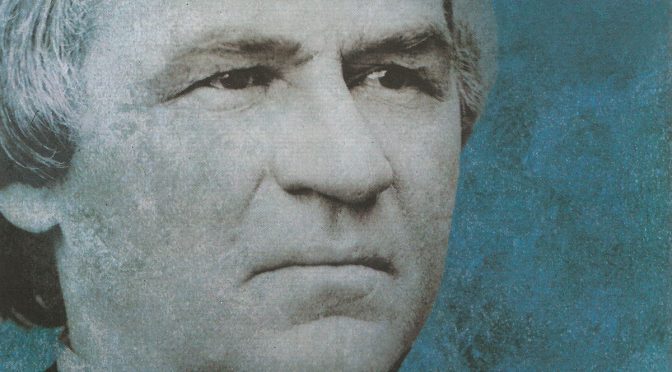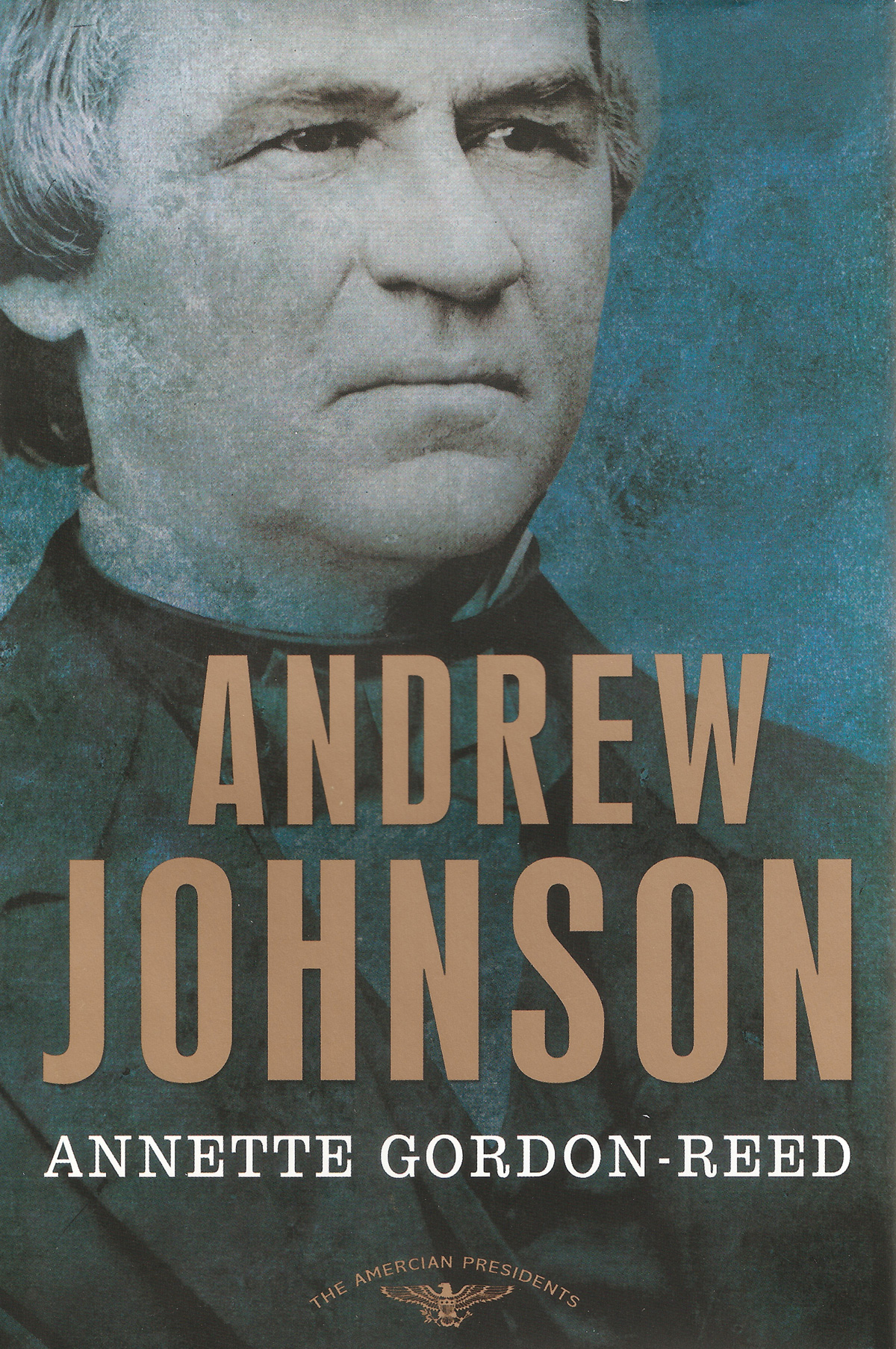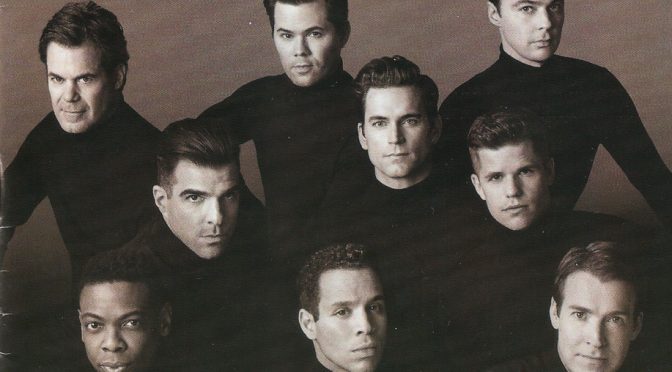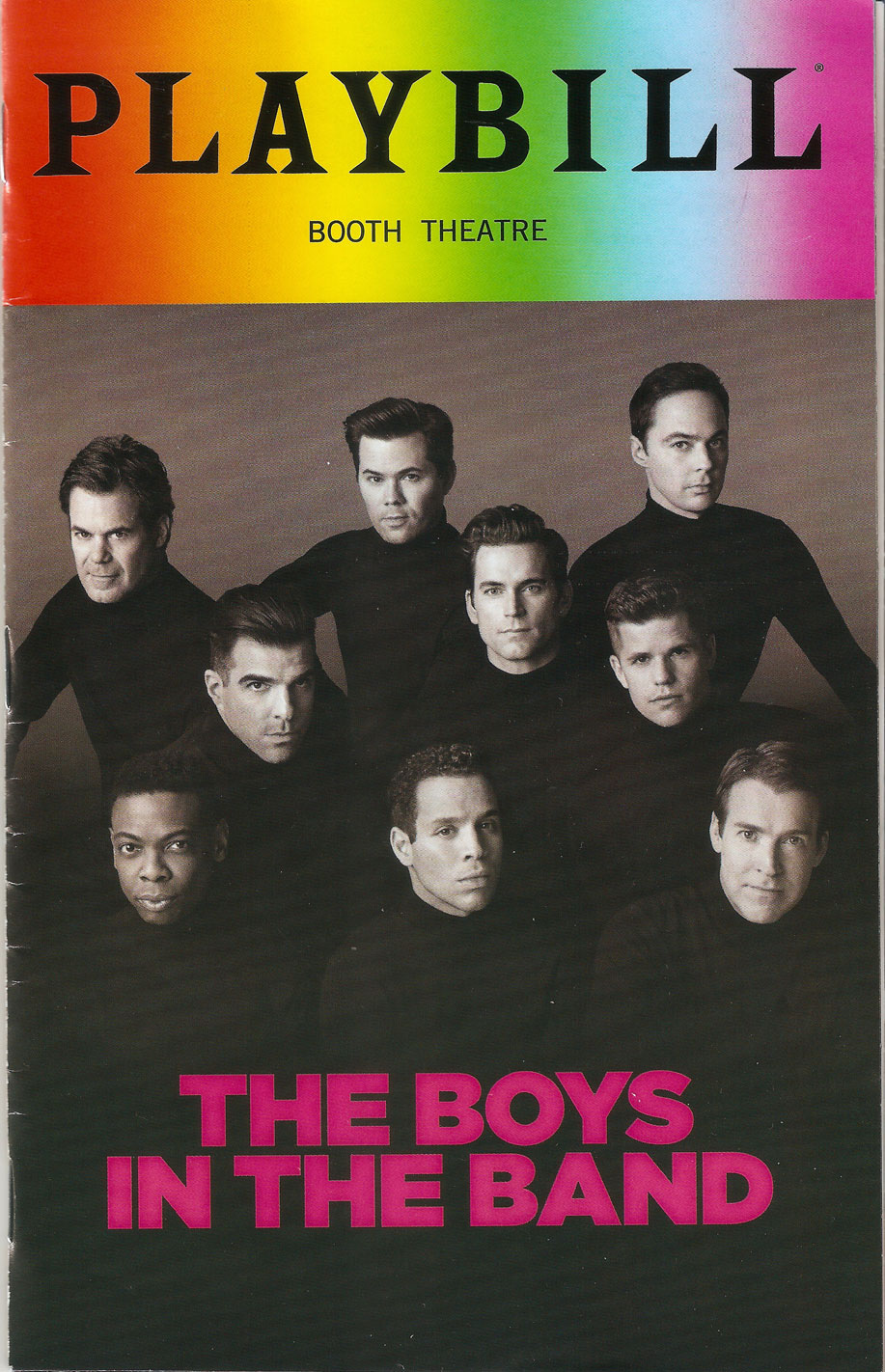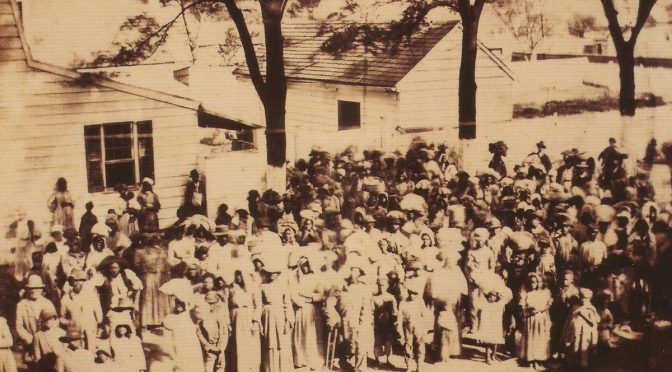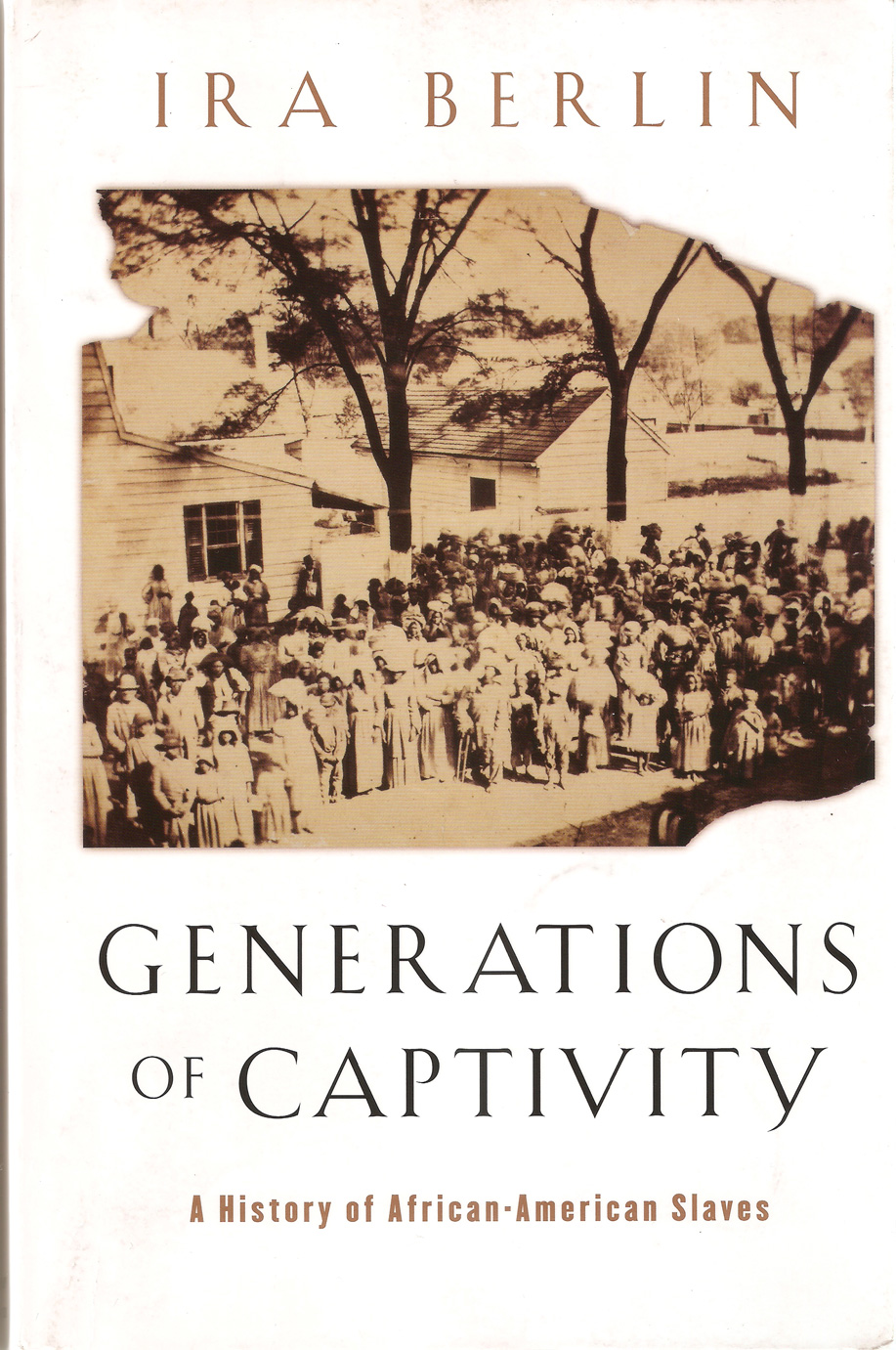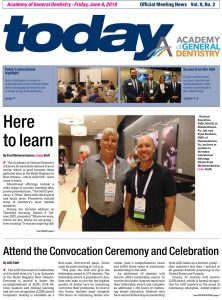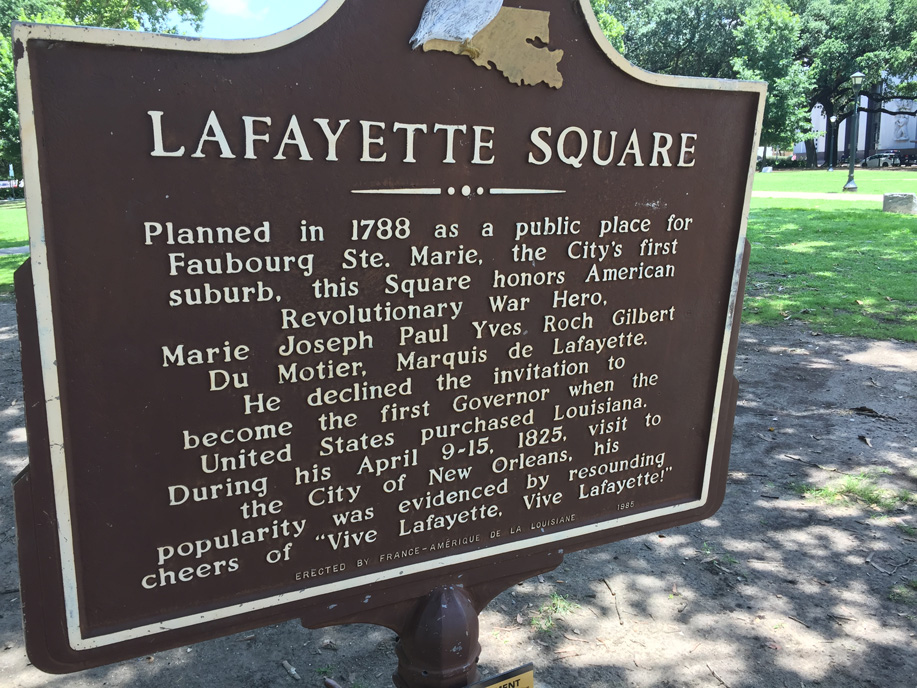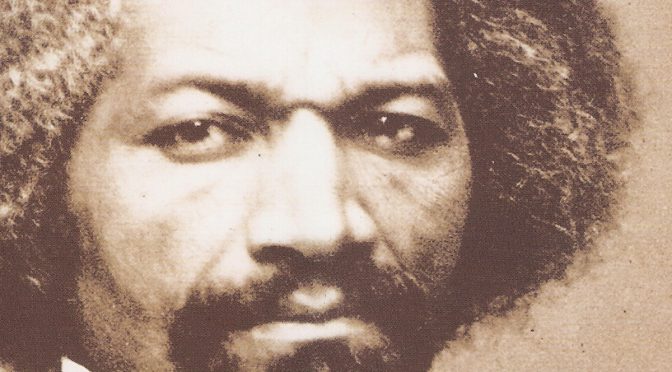The effort to impeach him failed. More on that in a moment.
Andrew Johnson was a Democratic senator from Tennessee when the Southern states moved to secede in 1861. He delivered a fiery pro-Union speech on the floor of the Senate, speaking over the course of two days. His words were widely published in newspapers, and he became quite popular among the Unionists in the North. In the South he was villianized. Tennessee seceded with the other Southern states, but there were strong pockets of pro-Union resistance there, especially in the eastern part of the state. When the Union achieved battlefield victories in Tennessee, Lincoln appointed Andrew Johnson military governor.
By 1864, the Civil War was entering its fourth year. The death toll was continuing to rise and there was no end in sight. Many were growing tired of the conflict, and it was looking like Lincoln was going to be defeated for re-election by George B. McClellan, the general he had fired for delaying too much. It was under these circumstances that Hannibal Hamlin, Lincoln’s vice president during his first term, a fellow Republican from Maine, was dumped from the ticket and replaced by Andrew Johnson. The pro-Union southern Democrat. They ran on the “National Union Party.” Later that year, after General Ulysses S. Grant won important victories in Virginia and General William Tecumseh Sherman took Atlanta, the tide turned once and for all in the Union’s favor and Lincoln was easily re-elected, with Andrew Johnson as his new vice president.
In his second inaugural in March 1865, Lincoln was magnanimous, offering some of the most eloquent words ever spoken by an American. But moments earlier, the incoming vice president appeared to be drunk, and he gave an incoherent, rambling speech in which he embarrassed himself and mortified everyone present. To everyone’s shock and horror, Lincoln was assassinated a month later, and Andrew Johnson became the 17th president of the United States. Unfortunately for the 3 million newly freed people of color, Andrew Johnson was a racist. Even by 19th Century standards, he was a racist.
Lee had just surrendered to Grant, meaning it was time to figure out how to put the country back together again. Congress was ready to work with the new president, but Andrew Johnson wanted to do it his own way. He was stubborn and did not want to listen or collaborate. Earlier, Andrew Johnson had led everyone to believe that he was going to be harsh on the secessionists and punish them. But he ended up issuing broad amnesty and offering thousands of pardons. Meanwhile he offered nothing, literally nothing, for the formerly enslaved, who had literally nothing and were desperately in need of some assistance, an education, and most importantly some land to farm. Congress passed a Freedmen’s Bureau Bill and a Civil Rights Bill, which Andrew Johnson vetoed. His vetoes were then overridden by Congress. This became a pattern. Congress kept passing laws, Andrew Johnson kept vetoing, and Congress kept overriding.
It got really nasty between Congress and the president. So nasty that Andrew Johnson became the first American president to face an impeachment trial in the Senate. Congress had passed a law called the Tenure of Office Act, requiring the president to get Senate approval before firing any cabinet secretaries. Andrew Johnson challenged this law by firing Secretary of War Edwin Stanton, which set up a huge battle of wills and all sorts of drama. There were 11 articles of impeachment, nine of which had to do with the Tenure of Office Act.
In the end Andrew Johnson survived by a single vote. But it was 1868 already, and his presidency was almost over anyway.
Here are a few more facts about Andrew Johnson:
- Born in a log cabin!
- He came from poverty. He looked at the Civil War as a class struggle between rich industrialists in the north aligned with plantation owners in the South, versus the common working (white) man.
- He married Eliza McCardle, and they had several children. Eliza was frequently sick and almost never appeared at White House events as “first lady.” One of Johnson’s daughters served as hostess.
- They were married by Mordecai Lincoln, a cousin of Abraham Lincoln!
- He was a tailor. He was sometimes referred to as a “mudsill,” a derogatory term used against him because he once had a shop with a dirt floor.
- He entered politics as an alderman and then mayor of Greenville, Tennessee. He subsequently was elected to the Tennessee state legislature, then to the U.S. House of Representatives, where he served four terms. When he was redistricted out of office, he ran for governor of Tennessee and won. He was elected to the United States Senate in 1857. In those days Senators were chosen by state legislatures, not by direct popular vote. When Tennessee seceded in 1861, Andrew Johnson remained in the Senate.
- After his presidency he ran for the United States Senate from Tennessee and lost. Then he ran for the House and lost. Then he ran again for the Senate and this time he won. Six months later he died.
- One more note: During the Andrew Johnson presidency, Secretary of State William H. Seward (who had served in the office under Lincoln and stayed on) purchased Alaska from Russia. So in addition to botching Reconstruction we can also thank Andrew Johnson for Sarah Palin.
This biography, “Andrew Johnson,” by Annette Gordon-Reed, part of the American Presidents Series, was clear and concise but, for me, just a bit too short. The books in the American Presidents Series are generally quite good, but they are limited to 200 pages or less. For such a consequential president I subsequently decided to add another volume to my reading list. But that will be a book report for another day.

